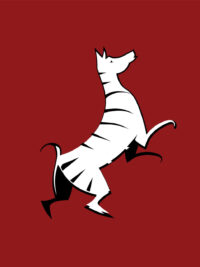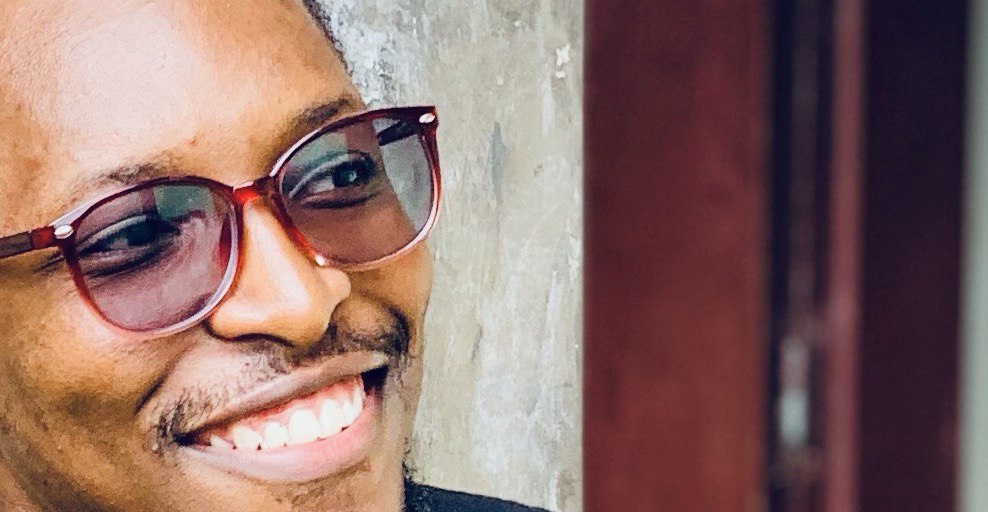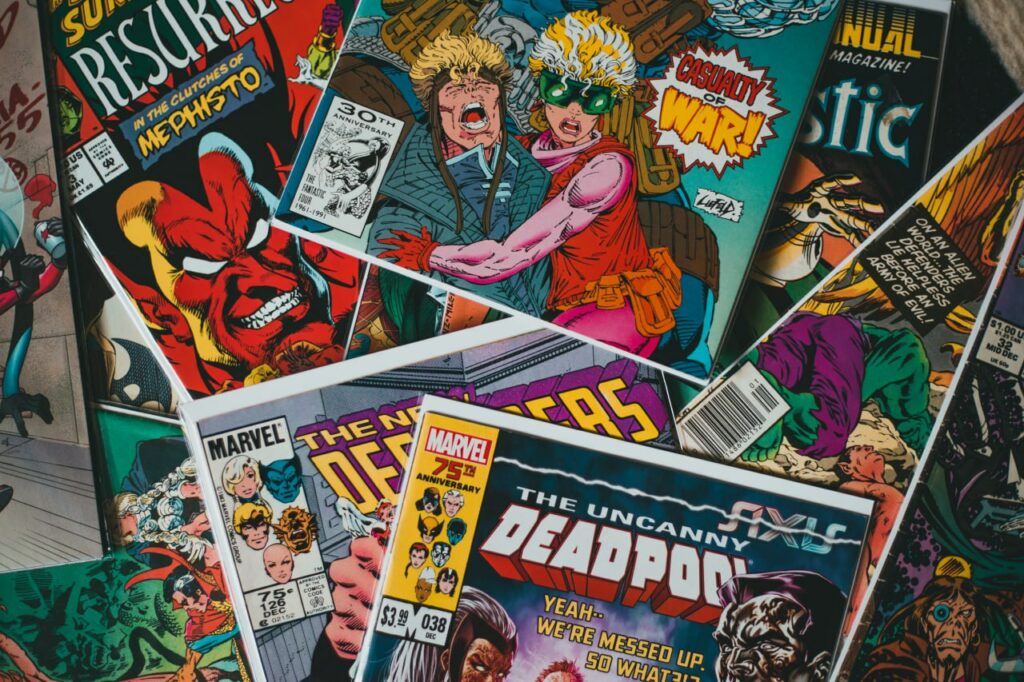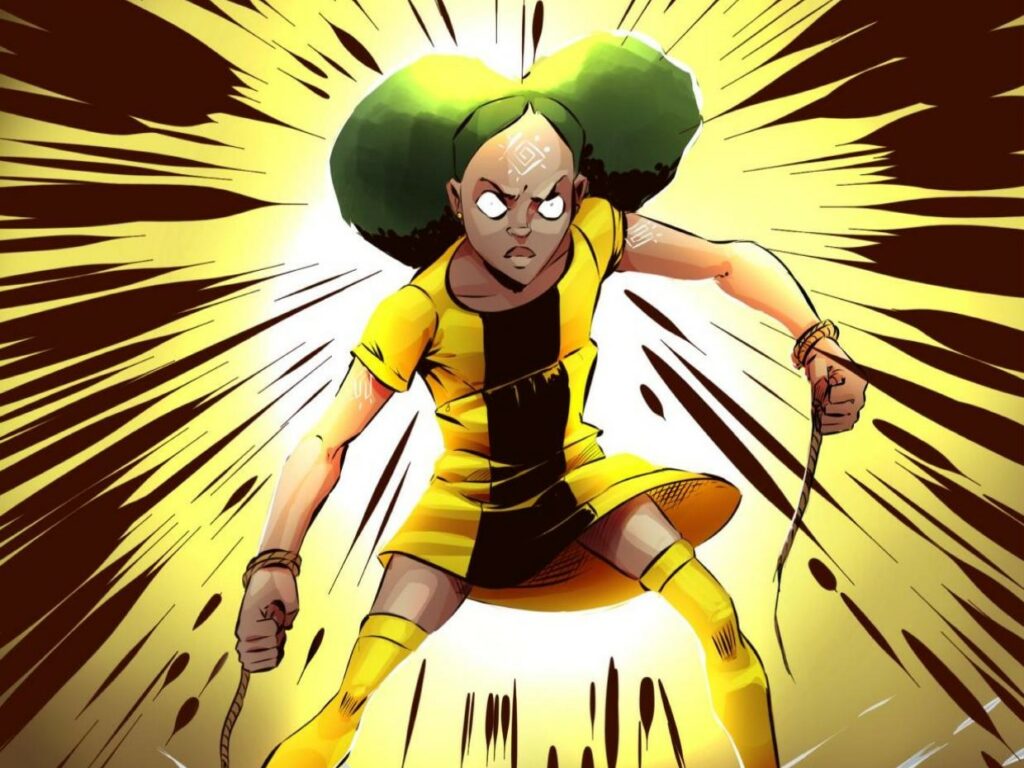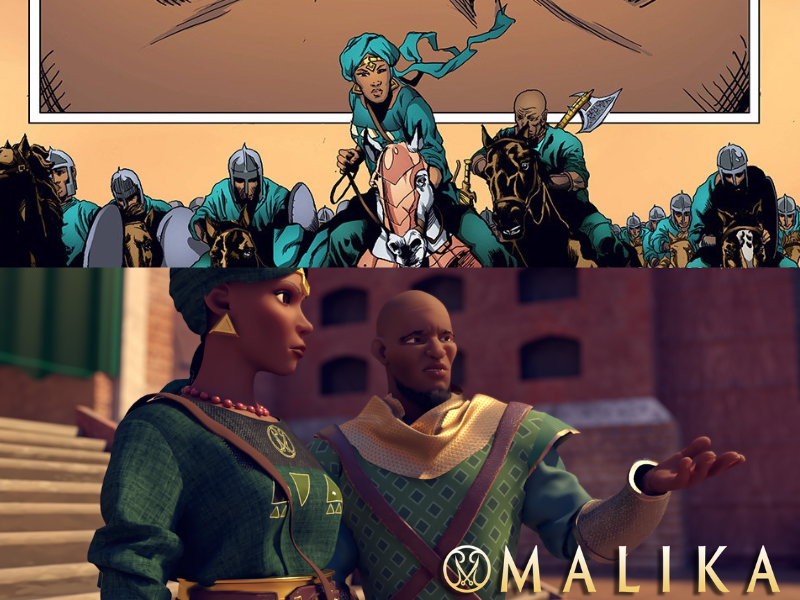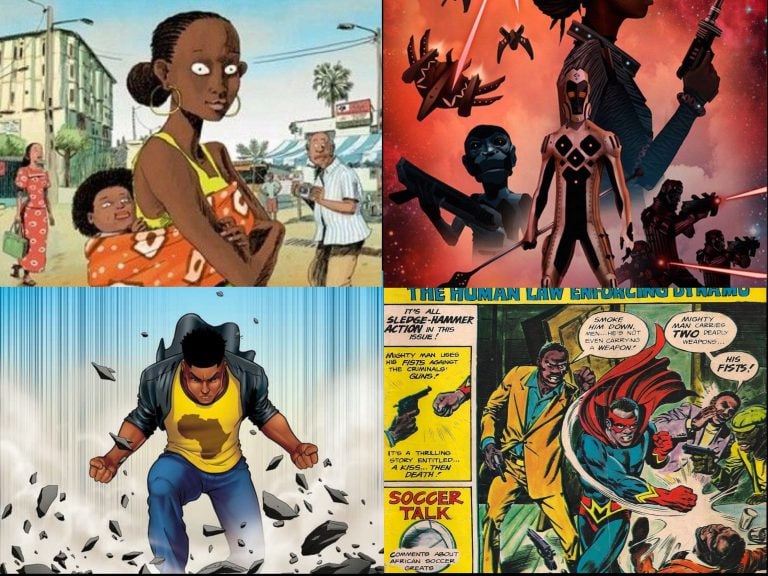Working as a UX Designer in an African Comics Company: An Interview with Ejob Benjamin
The Zebra Comics app and website have been out in the wild for almost one year now and there has been huge interest around these platforms. As a new digital comics/ webtoon platform in a sea of comics platforms, our app and website stand out because they offer authentique stories based on untold African cultures […]
Working as a UX Designer in an African Comics Company: An Interview with Ejob Benjamin Read More »
